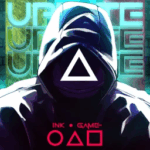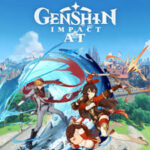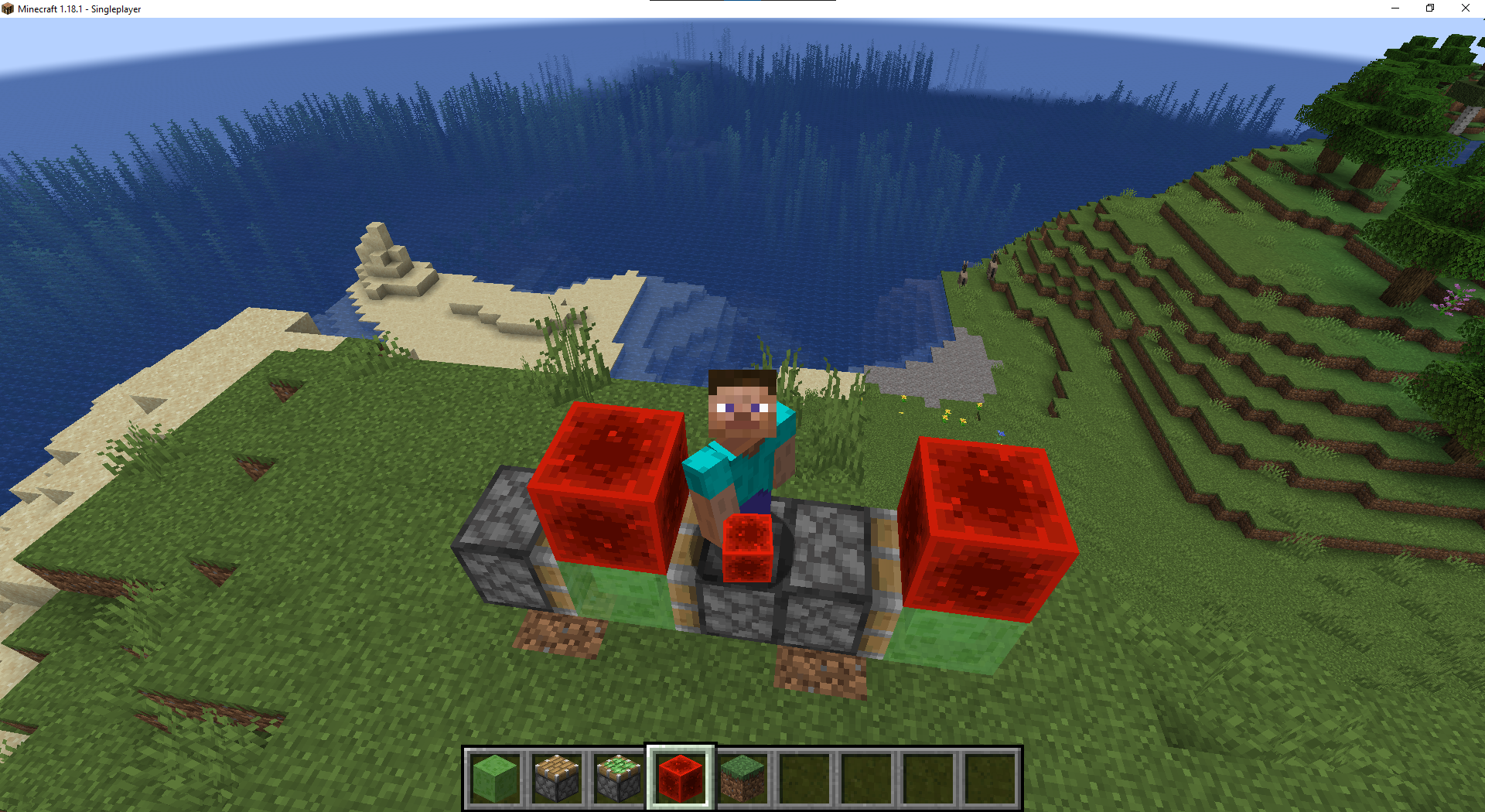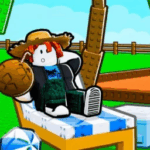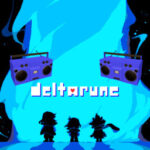Popular Now
Gacha Club is often praised for its vibrant customization, stylish anime art, and RPG-lite mechanics, but beneath all the aesthetics lies one of its most powerful and underappreciated features: user-generated storytelling. At its core, Gacha Club is a visual narrative sandbox. Players use the Skit Maker, character designs, and background settings to tell emotionally rich, character-driven stories ranging from slice-of-life romances to dark fantasy dramas. This article explores the depth and structure of storytelling in Gacha Club—from the first steps in creating characters to mastering cinematic sequences using its limited, but powerful, creative tools.
Creating the Narrative Framework
Before a story takes shape in Gacha Club, it begins in the player’s imagination. Developing a strong narrative framework is the foundation of every good Gacha story. This includes defining genre, theme, and structure before launching into scene building or character creation.
Most Gacha Club stories follow familiar genres: romance, mystery, fantasy, school life, and supernatural are the most common. Choosing the genre helps determine the tone, character arcs, and visual choices like background and color palette.
Themes provide emotional direction. Is your story about redemption, friendship, betrayal, or empowerment? Defining this early allows your visual storytelling to reinforce it throughout.
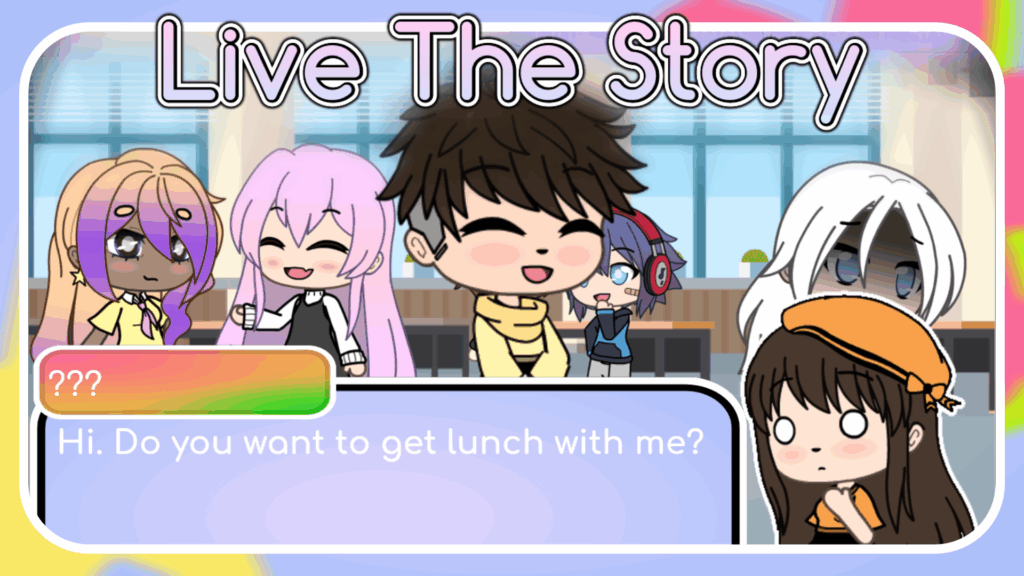
Character Creation as Emotional Blueprint
Character design in Gacha Club is far more than aesthetics—it’s the emotional and narrative blueprint of your story. Each hairstyle, eye color, pose, and outfit carries storytelling weight.
Visual consistency reflects emotional depth. A character dealing with trauma may wear darker tones or have visible scars, while optimistic characters shine in pastel palettes and wide-eyed expressions.
Customization also supports narrative foreshadowing. Subtle details like color-coded accessories or symbolic motifs (flowers, chains, flames) offer visual hints about relationships or future events.
Naming Conventions and Symbolism
Names matter in storytelling—and in Gacha Club, they carry even more symbolic significance due to the game’s visual and symbolic storytelling style.
Characters often have names that reflect their personality or story arc. A protagonist in a redemption arc might be named Ash, symbolizing rebirth from fire. A villain might carry a name derived from Latin or mythology, enhancing their mystique.
Visual names also influence player perception. Color-based names (e.g., Crimson, Indigo, Snow) immediately suggest tone and emotion, which can be strengthened through matching backgrounds and lighting.
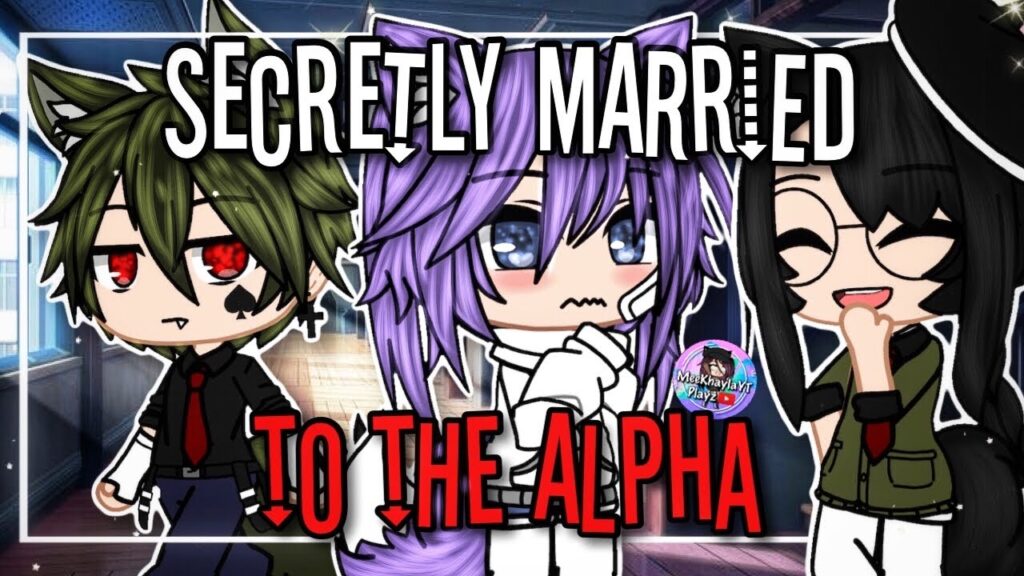
Scene Setting and Background Mastery
Gacha Club includes over 100 backgrounds ranging from fantasy castles to high school hallways. Choosing the right background for each scene is key to creating immersive narratives.
Think of each scene as a film shot. Does the background match the emotional tone? A confession scene hits differently in a quiet rooftop versus a noisy cafeteria. Lighting, distance, and setting should complement the dialogue and action.
Some storytellers enhance their scenes with editing apps, but even within Gacha Club, rotating characters, layering props, and altering poses can create tension, intimacy, or comedy without external tools.
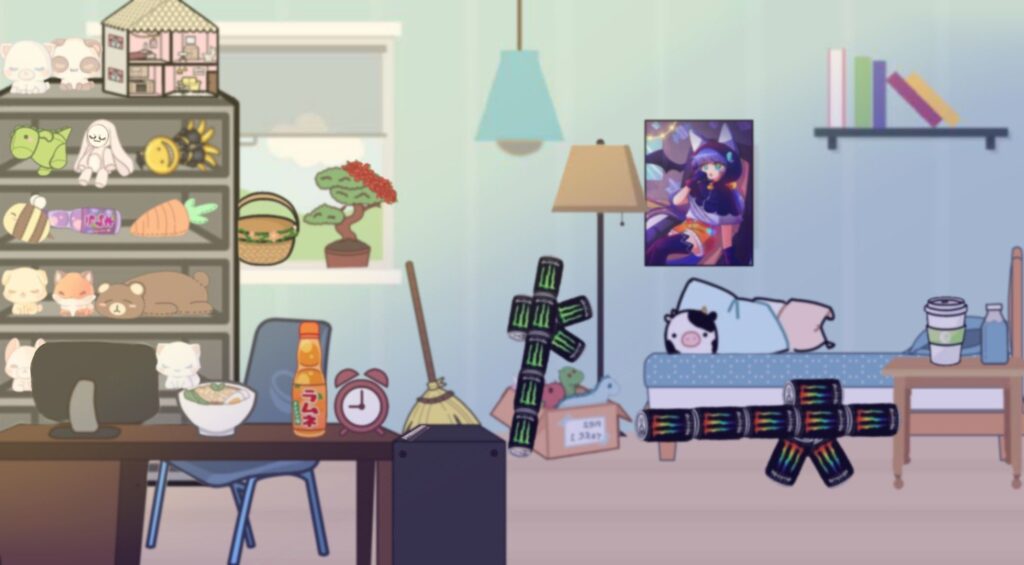
Dialogue and Skit Writing
Gacha Club’s Skit Maker is the central hub for dialogue and scripted storytelling. Although limited in function, it provides enough flexibility to create compelling sequences if used creatively.
Good dialogue in Gacha Club storytelling mimics visual novels: brief, emotional, and suggestive. Since voice acting is absent, body language and visual cues must carry the subtext. Facial expressions and pose changes are essential for pacing and tone.
Using the narrator function creatively allows for internal monologue, flashbacks, or scene transitions. Combining this with background shifts or costume changes enriches the storytelling layer.
Directing Emotion Through Poses and Movement
Each character in Gacha Club can take on dozens of poses—standing, crying, pointing, kneeling, and more. The strategic use of these poses is the visual heartbeat of any story.
Emotions must be shown, not just told. A sad character kneeling with a tear and looking away communicates more than a paragraph of text. Using subtle transitions between poses enhances scene realism and makes characters feel alive.
Techniques for emotional flow include eye contact shifts for tension, rotating characters to create confrontation or intimacy, and overlaying objects like rain or fire for drama.
Scene staging tips include distancing characters to show emotional gaps, grouping characters in triangles for conversation dynamics, and blurring backgrounds to focus on facial expressions.
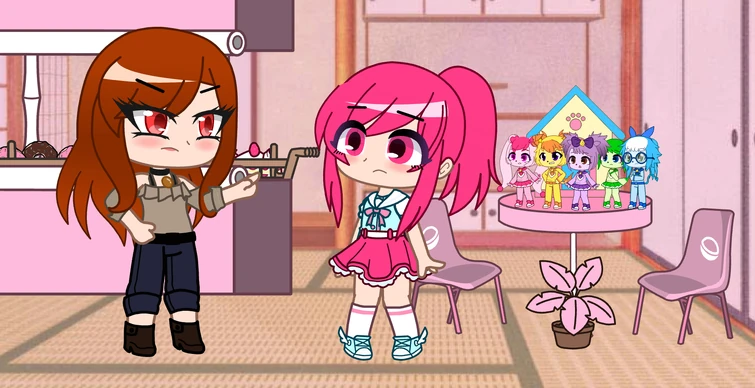
The Power of Silence and Negative Space
Sometimes the most powerful moments in a Gacha Club story are silent. No dialogue. No action. Just a character, a pose, and the right visual framing.
Negative space—leaving a character alone on screen with room around them—amplifies isolation or contemplation. Similarly, withholding speech in a high-tension scene can build suspense or deepen the audience’s empathy.
Experienced creators often use a beat (pause) between emotional revelations or before a major decision. This mimics the rhythm of real conversation and increases dramatic tension.
Character Relationships and Visual Arcs
Every story revolves around relationships. In Gacha Club, relationship arcs are visual as much as they are narrative. You don’t just tell the audience two characters have changed—you show it.
Visual arcs can include changes in hairstyle, clothes, body language, or position within scenes. Two characters who start out back-to-back may eventually stand side-by-side or even embrace by the end of the story.
Tips for showing relationship development include using outfit progression, shifting locations to mirror emotional warmth, and evolving interaction styles from formal to personal.
Incorporating Flashbacks and Time Jumps
Flashbacks and non-linear storytelling add depth and suspense to Gacha Club narratives. The key is clarity: you must visually signal the shift in time using filters, expressions, or context clues.
Many creators use costume or background shifts, faded color overlays, or character age adjustments to mark a time change. This technique allows you to explore trauma, origin stories, or secret motivations in a dynamic way.
Common techniques include using sepia or gray filters for the past, overlaying present-day characters watching memories, and fragmented dialogue to simulate dreamlike or reflective scenes.
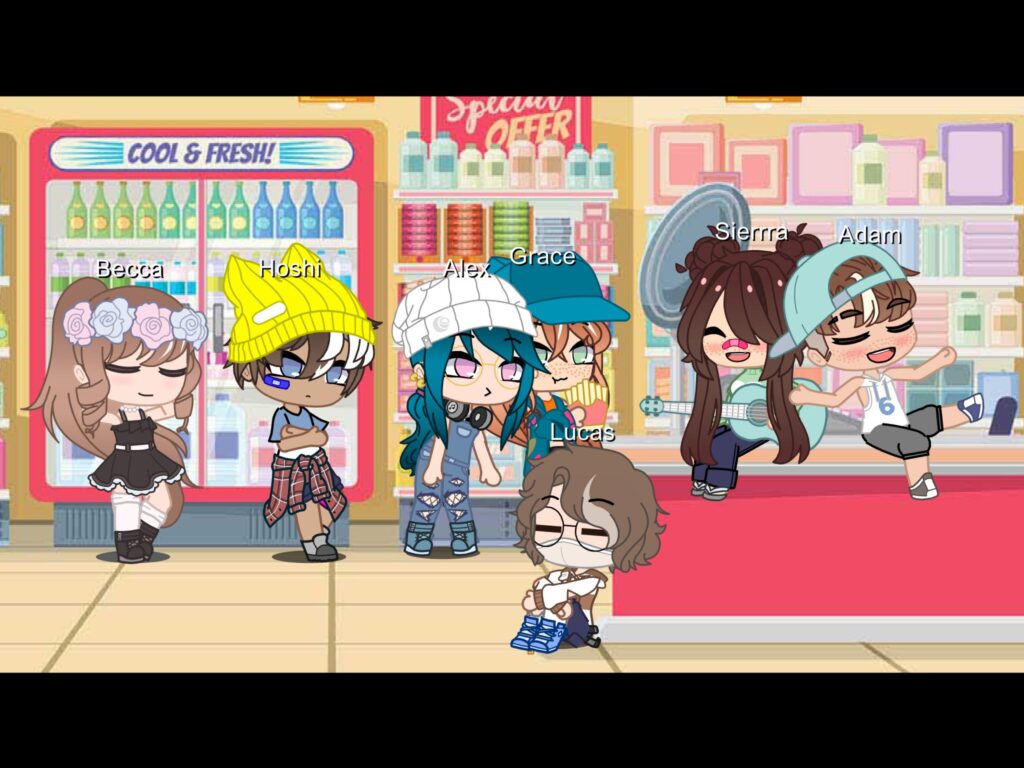
Publishing, Feedback, and Iteration
Once a story is completed, many creators publish their videos or screenshots to platforms like YouTube, TikTok, or Instagram. The storytelling community around Gacha Club thrives on sharing, feedback, and serialized releases.
Feedback helps creators refine dialogue pacing, pose dynamics, and character design. Many learn iteratively—posting one episode at a time, learning from audience response, and evolving their story.
Audience interaction can also influence plot development. Polls, comments, and fan theories help guide creators toward satisfying or unexpected story paths, transforming storytelling into a collaborative process.
Conclusion
The art of storytelling in Gacha Club isn’t about flashy animations or voiceovers—it’s about conveying emotion, narrative structure, and character arcs through creative use of visuals, poses, and dialogue. By understanding the emotional weight of color, composition, and silence, storytellers can craft unforgettable stories using one of mobile gaming’s most unique narrative toolkits. Whether you're telling a story of heartbreak, mystery, or triumph, Gacha Club provides the canvas—you supply the soul.

